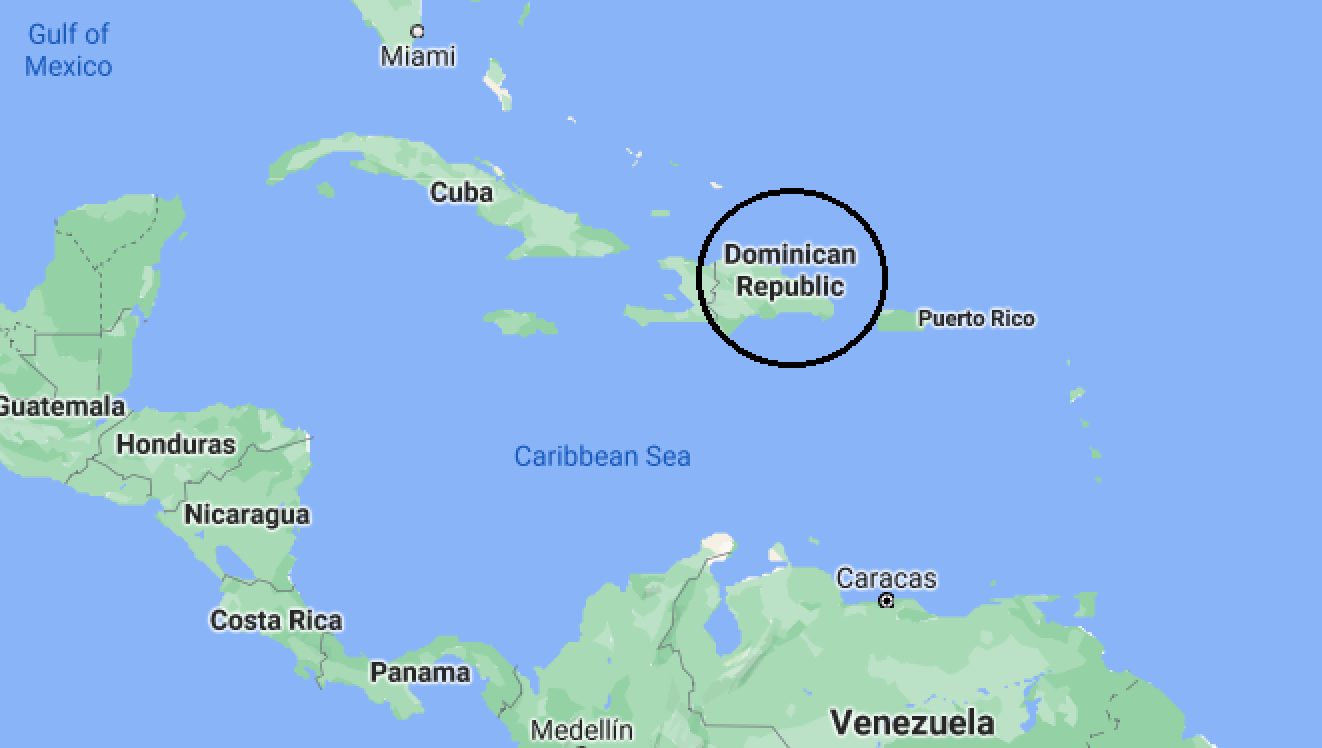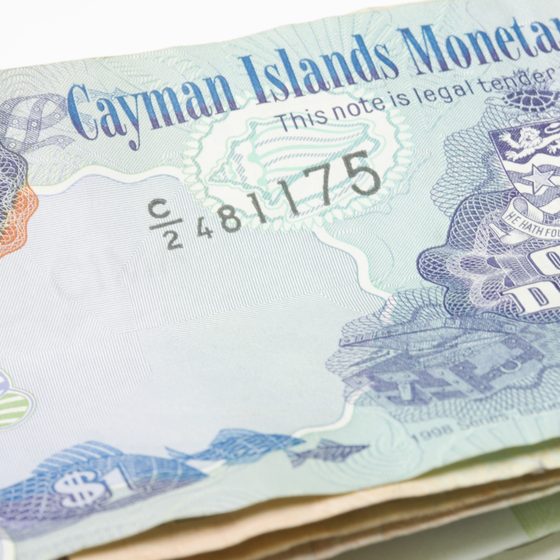Step by Step Guide to Taking Your Business Offshore
If you are going to take your business offshore in 2016, your offshore structure must have substance. No more shelf companies, no more nominee directors, no more trying to fake out the IRS. Taking your business offshore today demands a real office, employees, and work being done offshore.
Here is a step by step guide to taking your business offshore. I’ve assisted hundreds move their businesses abroad over the years and we’ll be happy to work with you to take your business offshore is a tax compliant and efficient manner.
Step 1: Develop a tax and business plan
We always say taxes shouldn’t drive the business… don’t let the tail wag the dog. But, most clients take their business offshore because they want to lower costs – both tax and overhead. If you didn’t want to cut costs and improve the bottom line, you would stay where you are in the United States.
When considering your overhead, focus on employees. Most countries will have lower wages than the US. The issue will be finding quality English speaking workers. How difficult that will be will depend on the level of work you require.
If you’re running a call center, then finding workers will be easy. If you are moving a software development business abroad, or require skilled engineers, finding the right people will be a challenge.
Then there are two types of tax plans. One for small businesses focused on the Foreign Earned Income Exclusion and a second for larger businesses that uses a transfer pricing model.
The Foreign Earned Income Exclusion plan is relatively simple: live outside of the US for 330 out of 365 days, or become a resident of another country, and you get up to $101,300 in salary from your offshore business tax free. If a husband and wife both operate the business, then you get up to $200,000 free of Federal Income Taxes.
Taking a large business offshore is a complex matter. Companies with net profits of $1 million and up need a more robust tax plan. This is especially true if you will have offices in the US and offshore.
These companies go offshore using a transfer pricing model that assigns income to the foreign subsidiary based on the amount of value added by that division. Likewise, the US group is taxed on value they create.
Let’s say you’re selling a widget for $100 that costs you $10 to make. Of this $90 profit, half can be reasonably attributed to the work done offshore and half to the US team. Thus, $45 of the profit is “transferred” the the low tax jurisdiction and half remains in the US.
- For an article on taking your business offshore using the Foreign Earned Income Exclusion, see my post Move Your Internet Business to Cayman Islands.
- For an article comparing the FEIE to the transfer pricing methodology available in the US territory of Puerto Rico, see Puerto Rico Tax Deal vs Foreign Earned Income Exclusion.
If you would like me to create a custom tax plan for your business, please contact me at info@premieroffshore.com or call (619) 483-1708. I will be happy to work with you to build a comprehensive and compliant tax strategy.
Step 2: Select your country of operation
Now that you have a tax plan, select the best jurisdiction to implement that plan. Your country of choice should have a compatible tax scheme that doesn’t tax foreign sourced profits. When done right, you can operate tax free in many jurisdictions.
As I said above, your country of operation must have low cost and qualified labor, especially if you will use the transfer pricing model and not the FEIE model. If you will be the only employee in the FEIE, then this doesn’t matter – live wherever you like that won’t tax your profits.
Balanced against tax and overhead is the quality of life. We chose to build our business in Panama for the reasons described above. However, Panama City is horribly humid and congested. If big city life is not for you, then look elsewhere.
For example, Cayman Islands is a beautiful place to live. However, labor is very expensive, as is housing and everything else. Cayman is great for a one man online business but horrible for a call center looking to hire 50 workers.
Spend some time making a list of possible jurisdictions, noting the positives and negatives of each. Everyone’s priorities will be different, so this is on you. Also, keep in mind that I’m talking about minimizing tax in you country of operation and incorporation here in Step 2.
Step 3: Form a corporation in your country of operation
Now that you have prioritized and found where you will take your business offshore, it’s time to form a corporation. Do not use an LLC or other structure – you need a corporation so that you can retain earnings offshore.
This corporation will also handle your payroll, office rent, and local expenses.
Step 4: Form a corporation in a second tax free jurisdiction
You want to setup a second corporation in a second country. This entity will bill clients and may help minimize your taxes in your country of operation. Depending on your nation’s tax system, they may only tax profits you bring in the country. So, if your corporation breaks-even at the end of the year, you will pay no taxes there.
This second offshore corporation in a tax free jurisdiction is a key component to minimizing your worldwide taxes. It won’t make a difference for the US, but it should reduce or eliminate taxes in your country of operation.
Step 5: Move your intellectual property offshore and into a separate structure
If you have intellectual property, move that offshore as soon as possible. Doing this will provide asset protection and significant tax benefits, especially for non-US sales.
The catch is that IP built in the US must be sold to the offshore company at fair market value. This means you must value the IP and pay taxes in the US on the sale.
So, if you are in the beginning stages of taking your business offshore, setup an IP holding company and build the IP outside of the US. This eliminates the transfer tax issue.
For some of the considerations that go into transferring IP offshore, you might read this post about the IRS investigating Facebook’s Irish IP transfers.
Step 6: Setup banking and credit cards
You’ll need multiple bank accounts, including one in your country of operation for local expenses, one in your billing country, and possibly in the United States.
I also strongly recommend you get more than one e-commerce or merchant account. Once you move your business offshore, your life’s blood will be payment processing and the procedures offshore are very different than in the US. Spend time to build redundancies into these systems.
For a detailed post on offshore credit card processing, see How to Get an Offshore Merchant Account.
Step 7: In-house bookkeeping and accounting
When Americans take their businesses offshore, they often ignore bookkeeping and accounting. They figure they aren’t in the US any longer, so time to relax.
Unfortunately, the US IRS has every right to audit your offshore business. Likewise, when you file your foreign corporation return(s) on Form 5471, you must apply US accounting standards.
For this reason, I suggest that you have an in-house bookkeeper so that you stay on the straight and narrow. Maybe he or she is a full time employee, or maybe someone who comes in once a week to do the books. Either way, this is a key position to get right from day one.
Step 8: Find local professionals
When you take your business offshore, finding honest local professionals is key. Hook up with the wrong people and they’ll hit you with “gringo pricing” and take advantage of you at every turn. Get this right and you will have a supportive and efficient relationship for years to come.
I would have put this as step 2, but I wanted you to think through the above items first and then look for outside support. Take my advice and learn from my mistakes – don’t try to go it alone in an offshore jurisdiction.
Step 9: Find US tax compliance
Now that your business is offshore, make sure you keep up with your US tax filing obligations. You’ll need to report your foreign corporations and international bank accounts to the IRS each and every year.
The most critical offshore tax form is the Report of Foreign Bank and Financial Accounts, Form FinCEN 114, referred to as the FBAR. Anyone who has more than $10,000 offshore will need to file this form.
The penalty for failing to file the FBAR is $25,000 or the greatest of 50% of the balance in the account at the time of the violation or $100,000. Criminal penalties for willful failure to file an FBAR can also apply in certain situations.
In addition to filing the FBAR, you must report the account on your personal return, Form 1040, Schedule B.
Other international tax filing obligations include:
- Form 5471 – Information Return of U.S. Persons with Respect to Certain Foreign Corporations.
- A foreign corporation or limited liability company should review the default classifications in Form 8832, Entity Classification Election and decide whether to make an election to be treated as a corporation, partnership, or disregarded entity.
- Form 8858 – Information Return of U.S. Persons with Respect to Foreign Disregarded Entities.
- Form 3520 – Annual Return to Report Transactions With Foreign Trusts.
- Form 3520-A – Annual Information Return of Foreign Trust.
- Form 5472 – Information Return of a 25% Foreign-Owned U.S. Corporation.
- Form 926 – Return by a U.S. Transferor of Property to a Foreign Corporation.
- Form 8938 – Statement of Foreign Financial Assets was introduced in 2011 and must be filed by anyone with significant assets outside of the United States.
Failure to file these forms can open you to all kinds of penalties and risks, so do it right and don’t fall behind. The penalties for failure to file an offshore form are much higher than for failing to file a typical domestic form late.
Of course, I hope you will select Premier Offshore to handle your US compliance needs. But, no matter who you choose, be sure it’s done right.
I hope you’ve found this article on taking your business offshore to be helpful. Please contact me at info@premieroffshore.com or call (619) 483-1708 if you would like assistance in planning and implementing your international business strategy.












Leave a Reply
Want to join the discussion?Feel free to contribute!